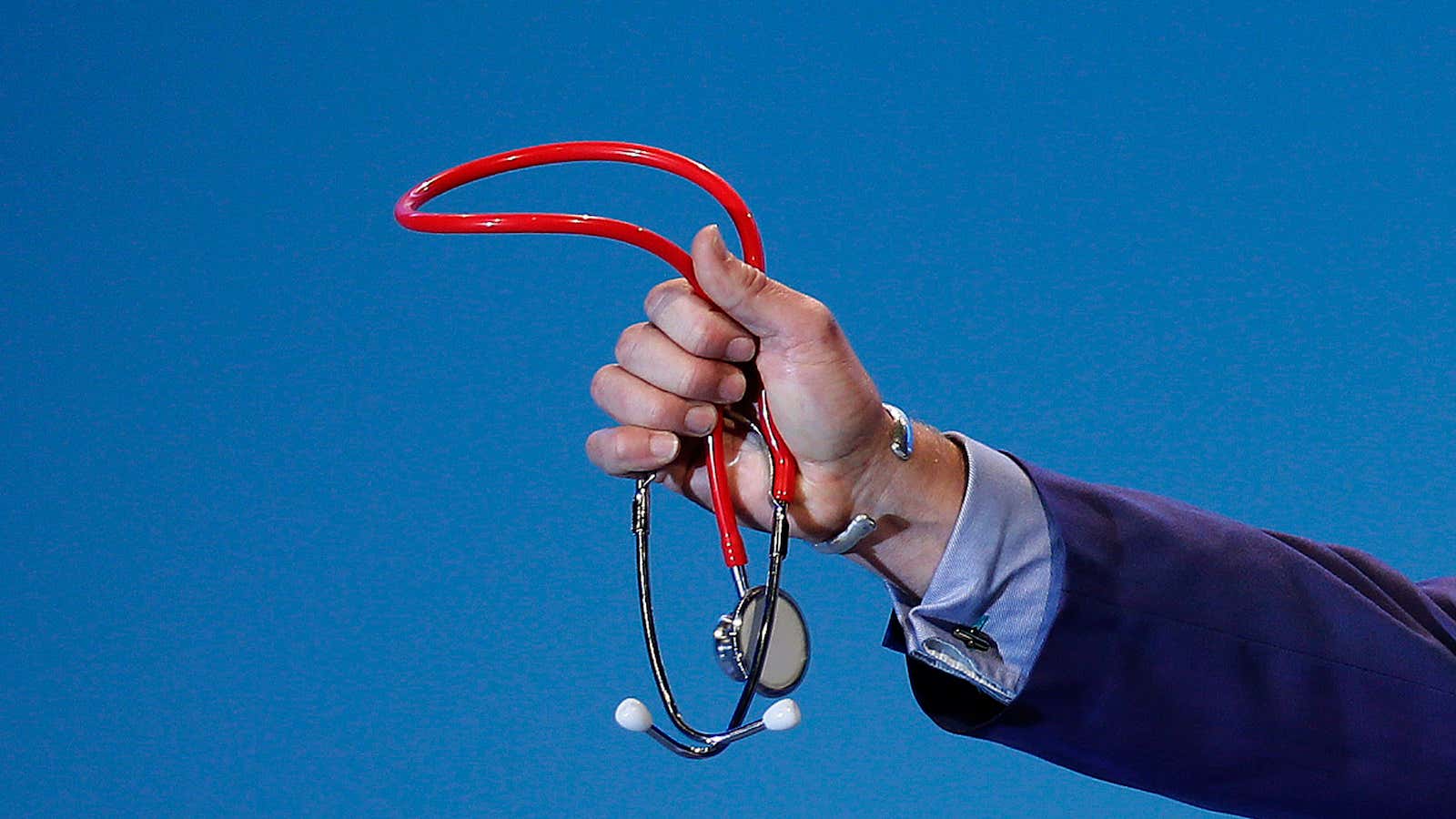It’s finally time to put the old stereotype about male doctors and female nurses away for good. According to new data this week from the Association of American Medical Colleges, female students outnumber male students in this year’s entering class at US medical schools, for the first time in history—and enrollment trends overall suggest there may well be more women in the medical field than men in the near future.
Per the data, female matriculants (or enrollees) comprised 50.7% of the 21,338 people entering medical school this year. Female matriculants increased by 3.2% this year while male matriculants declined by 0.3%; what’s more, though, is that since 2015, the former group has increased by 4% while the latter has declined 6.7%.
Those year-over-year digits are significant—implying that none of this is a one-off fluke, and indicating that the pattern is likely to continue in the near future. So what’s behind the shift?
“This year’s matriculating class demonstrates that medicine is an increasingly attractive career for women and that medical schools are creating an inclusive environment,” Darrell Kirch, president and CEO of the Association of American Medical Colleges, said in a press release.
Medical schools’ efforts to foster more diversity could be a contributing factor. The increase of women pursuing medical school could also be the result of the broader educational movement, at both the college undergraduate and kindergarten-to-high-school level, to encourage more gender equality in STEM (science, technology, engineering, and mathematics) fields. Those have largely drawn male students in the past due to cultural stereotypes, a predominance of male teachers and role models, and, potentially, to the nature of the subjects themselves, and whether men and women have different cognitive aptitudes, a question still very much up for the debate.
Overall, US medical schools saw a 2.6% decrease in applications from 2016. That downward trend is being reflected overseas as well, possibly because physician careers in general are being viewed as less lucrative or satisfying than other STEM-related pursuits. It’s not good news for the world’s looming doctor shortage.
